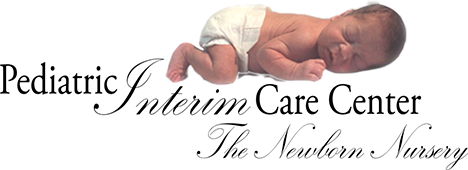
Caring for the Smallest Victims of Drug Abuse
Glossary
Clapping
Rhythmic patting of a swaddled and blanketed baby’s bottom.
C-Position
Placement of an infant’s body so that it resembles the letter C (also known as the fetal position).
Depressant
Any drug (such as alcohol, barbiturates, or tranquilizers) that acts on the central nervous system to produce both euphoria (feeling no pain) and drowsiness.
Disorganized suck
Inability of an infant to latch on to a nipple and suck regularly enough to get formula into the mouth.
Excoriation
Breakdown of skin resulting from rubbing against a surface.
Gastrointestinal
Relating to digestion in the stomach and intestines
Hypersensitivity
Greater than normal response to any stimulus (such as light, sound and movement)
Mottling
Discoloration of skin resembling marbling, typically on chest, trunk arms or legs.
Muscle Tone
The degree of rigidly in a muscle, associated with a muscle’s ability to return to its original position when stretched.
Pediatric
Relating to the care of infants and young children
Regurgitation
Non-projectile vomiting of stomach contents.
Respiratory Rate
Speed of breathing.
Stimulant
Any drug that increases the activity of the heart and provides an overall sense of wellbeing, at least temporarily.
Stool
Feces. The result of a bowel movement.
Swaddling
A method of folding a blanket around an infant’s body to restrain arm movement and give comfort.
Therapeutic Handling
Special techniques developed to care for drug-exposed infants.
Tremor
Involuntary rhythmical movements resembling quivering, a part of the body.
Vertical rock
Slow rhythmic up-an-down movement of an infant in a C-position